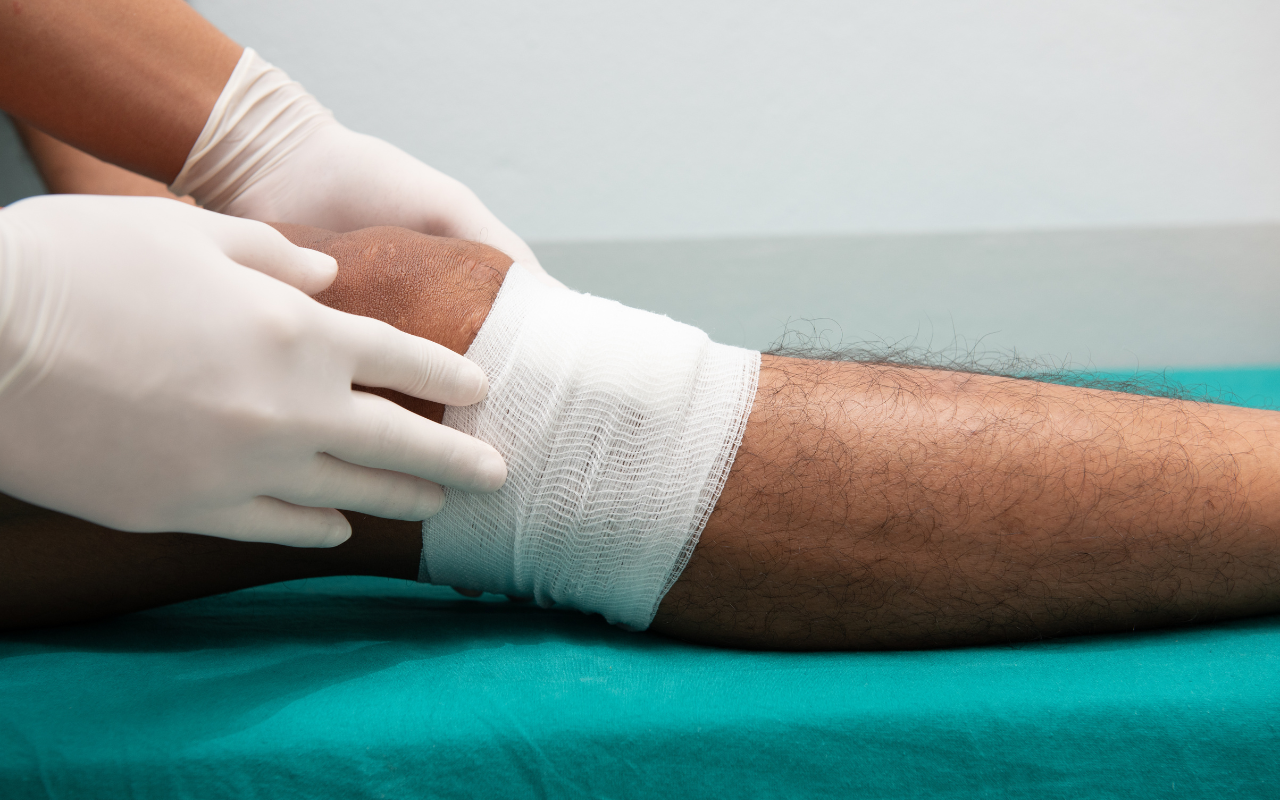With cases of Buruli ulcer increasing, the consensus statement provides up-to-date recommendations for clinicians who may encounter the disease.
Buruli ulcer is a tropical disease caused by the environment bacterium Mycobacterium ulcerans. The bacteria releases toxins that can destroy skin, blood vessels and subcutaneous tissue, resulting in ulceration.
Previously, outbreaks of Buruli ulcer have largely been localised to coastal regions in Victoria and north Queensland, but transmission has now been reported in suburbs of Melbourne and in Bateman’s Bay in New South Wales.
The rise in cases prompted infectious disease specialists to update the 2014 consensus guidelines, with a new consensus statement published this week in the Medical Journal of Australia.
“With increasing experience and emerging evidence, this consensus statement considers contemporary data to provide up-to-date recommendations to clinicians who may encounter this disease,” the authors wrote.
While Buruli ulcer is already a notifiable disease in Victoria, Northern Territory and Queensland, the consensus statement calls for it to be made nationally notifiable for better monitoring of new outbreaks in new regions.
“The emergence of Buruli ulcer in previously non-endemic areas highlights the importance of increasing clinician and community awareness of this disease.”
The recommendations
The main recommendations and changes in management are as follows:
- Diagnosis should be undertaken using polymerase chain reaction, with a dry swab under the edge of the ulcer or tissue sample via punch biopsy if the lesion is not ulcerated.
- The recommended treatment is eight weeks of rifampicin-based dual oral antibiotics, in combination with clarithromycin or a fluoroquinolone. Shorter durations of treatment may be suitable for individuals with small lesions who are at low risk of relapse.
- Patients should be advised that ulcers typically enlarge during antibiotic treatment, and will take four to five months to heal.
- Aggressive surgery is no longer recommended, but conservative surgery may assist with healing times or with reducing the duration of antibiotics.
- Paradoxical reactions, also known as immune reconstitution inflammatory reactions, must be identified and treated as soon as possible, as they are associated with increased tissue necrosis and delayed wound healing.
- Effective wound care is essential for healing and prevention of secondary infection. Patients who are unable to attend to wound dressing themselves may require dressing assistance from community and district nursing services.
Special considerations
The consensus statement provides specific recommendations for management of paediatric cases of Buruli ulcer, recommending oral rifampicin and clarithromycin at the same dose and duration as adults, while noting oral azithromycin may also be recommended for patients who are not tolerating clarithromycin.
“Tolerance of prolonged antibiotic administration can be difficult, especially for children under six years of age who are usually unable to swallow tablets and therefore require large quantities of liquid antibiotic formulations,” the authors wrote.
The consensus statement also acknowledges the significant health care inequities experienced by Aboriginal and Torres Strait Islander people, who may face additional challenges in receiving care for a Buruli ulcer.
“Buruli ulcers in non-endemic regions are often larger, deeper and [more] complex than those occurring in endemic regions, and may require modification of standard treatment protocols,” the authors wrote.
Prevention
The consensus statement recommends the following measures to reduce the risk of a Buruli ulcer:
- Avoid mosquito bites by using mosquito repellents, protective clothing and fly screens in the home.
- Remove potential mosquito breeding environments around the home, such as standing water in pot plants.
- Clean and protect any cuts and abrasions.
- Minimise contact with possums and their excreta.
Read the consensus statement in the Medical Journal of Australia
Subscribe to the free InSight+ weekly newsletter here. It is available to all readers, not just registered medical practitioners.

 more_vert
more_vert
We treat many Buruli ulcers in our Wound Clinic at Austin Health in Heidelberg The wound management needs to be more specific. The application of a DACC gel will not only bind the M.Ulcerans but also impact on the Mycolactone (the endotoxin) and help heal the wound in combination with the antibiotics recommended.